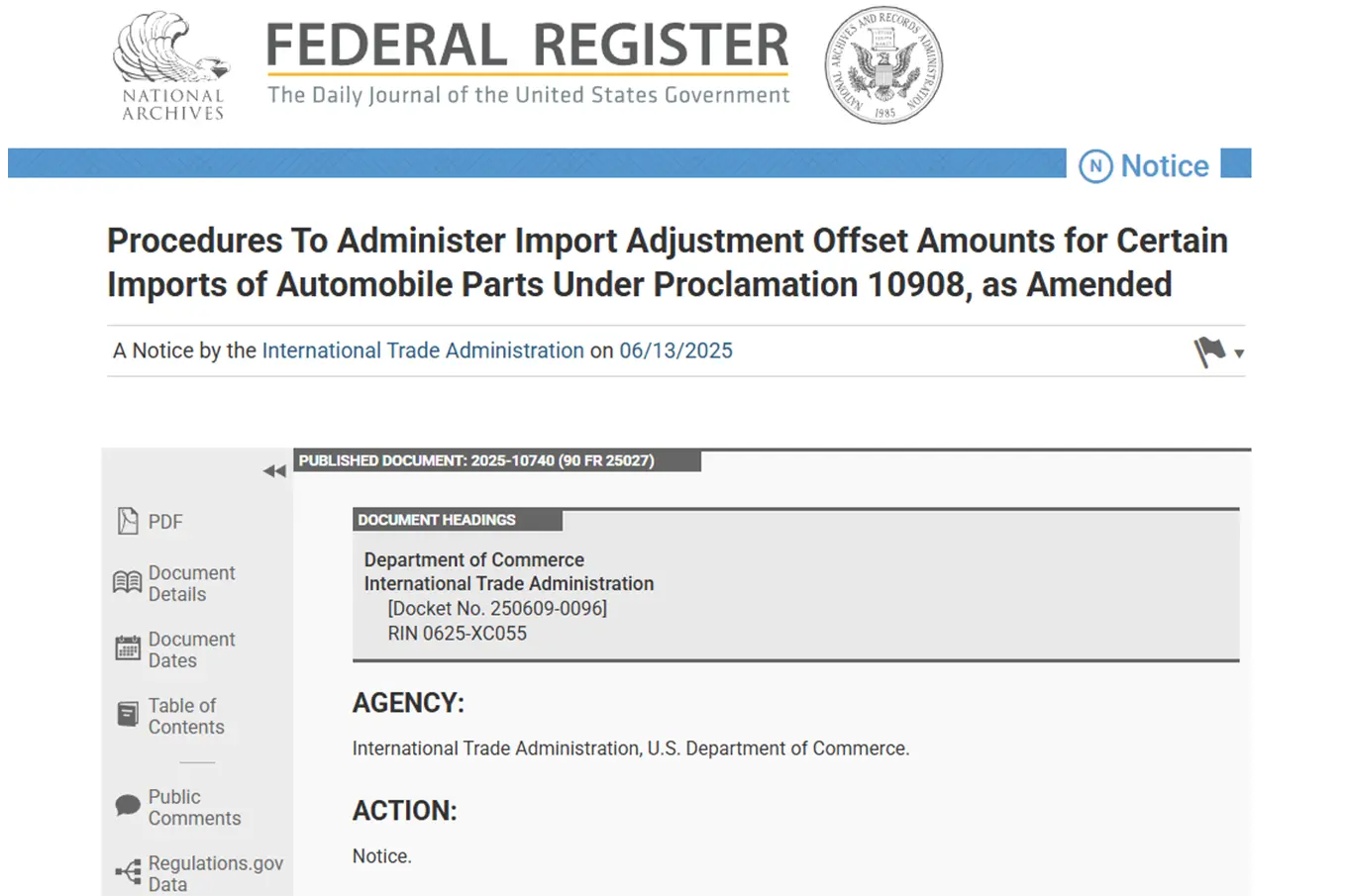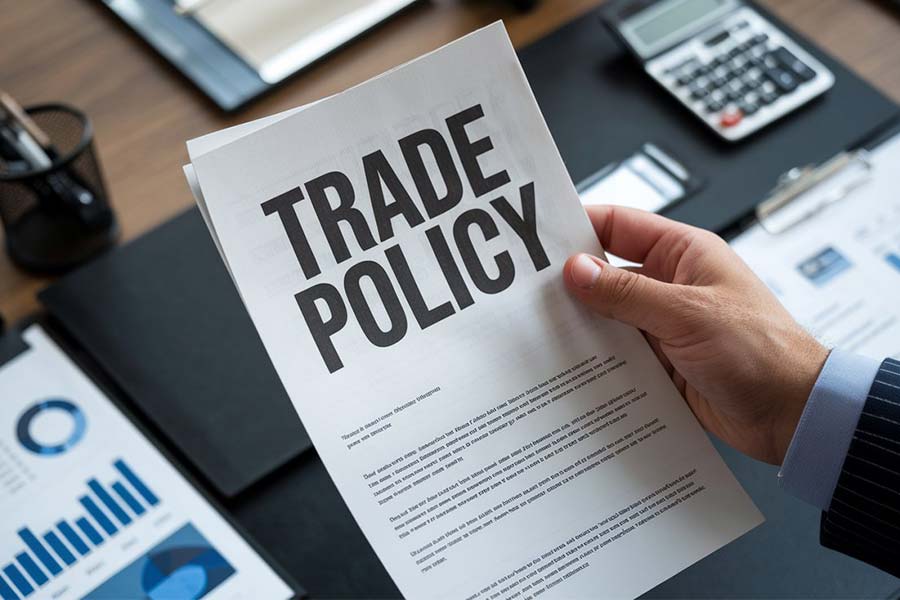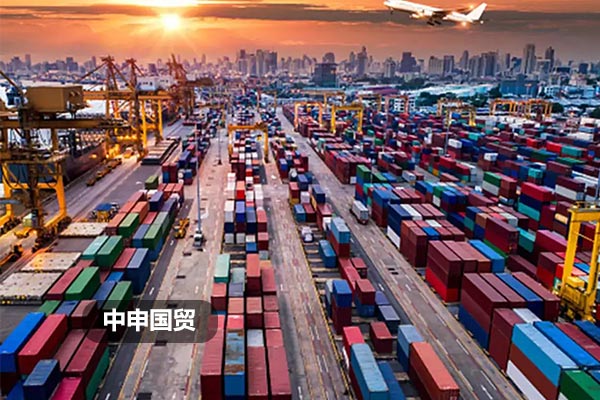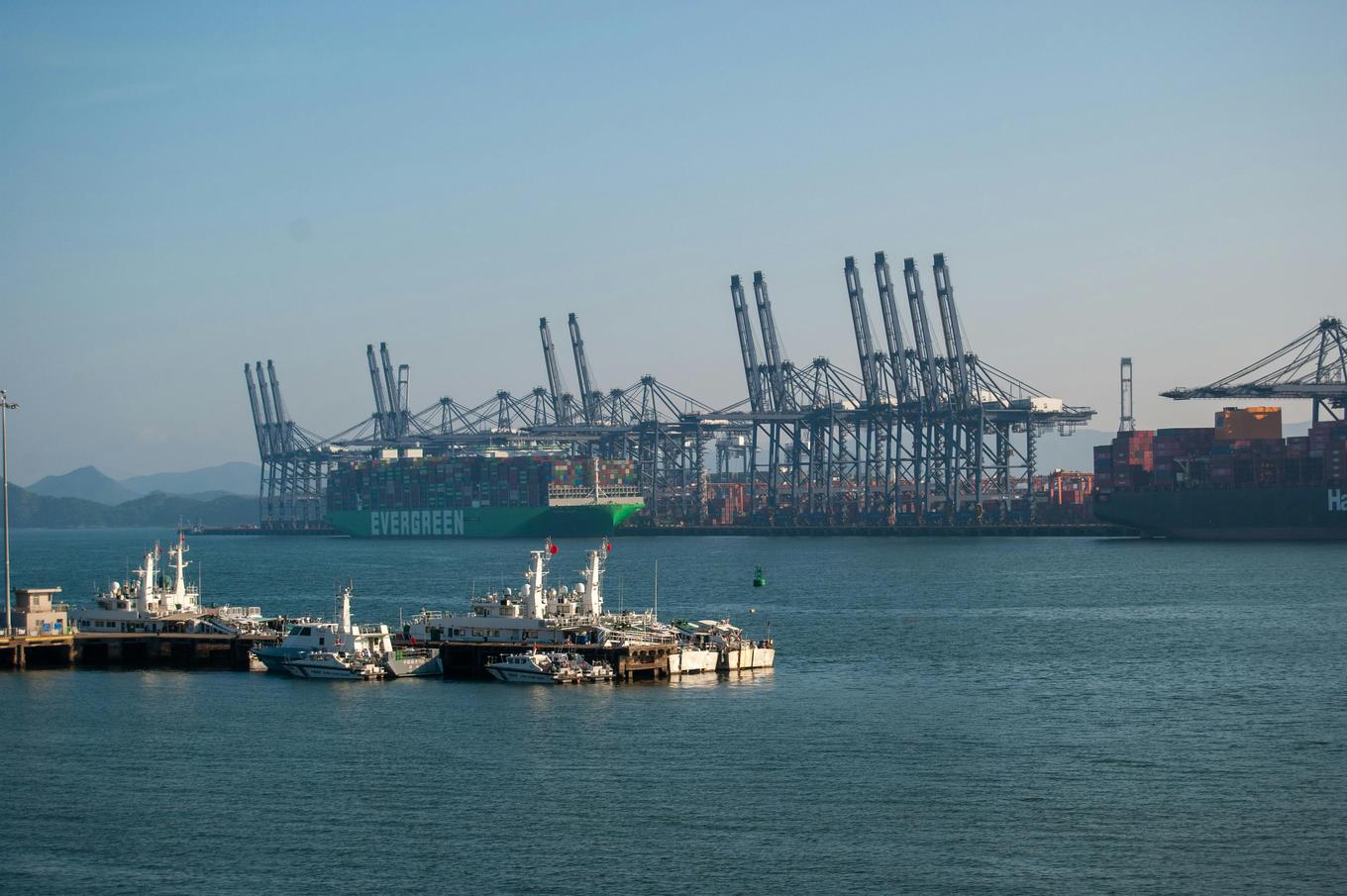- Shanghai Zhongshen International Trade Co., Ltd. - Two decades of trade agency expertise.
- Service Hotline: 139 1787 2118
Many people often find themselves confused about the export requirements for active components. After all, active components arent like ordinaryHardware & ToolsThese arent products that can be casually packed and shipped overseas - theyre all delicate high-tech components. Therefore, today Ill explain the important requirements and considerations for exporting active components, helping you avoid pitfalls and successfully ship these little fellows across the oceans!
What are active components?
Active Components may sound sophisticated, but theyre simply electronic components that require external power to function, such as transistors, diodes, integrated circuits, etc. They are the core of modern electronic products, widely used in computers, smartphones, communication devices... Its fair to say active components make our lives smarter and more convenient. Enough introduction - lets look at the specific export requirements for active components!
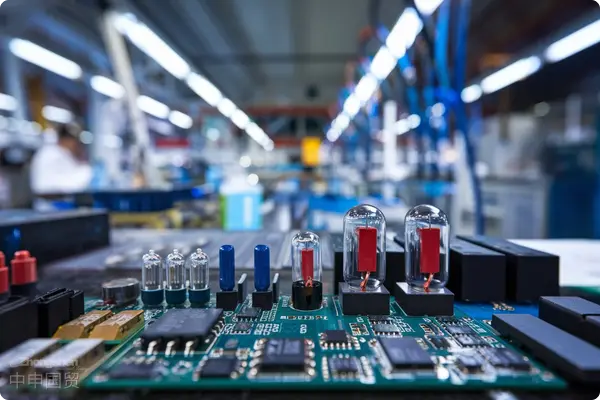
I. Export Control and Licensing
The most troublesome aspect of exporting active components is export controls. Due to their high technical content, some types may have dual civilian-military applications, making them subject to strict national export controls. As exporters, we must first verify whether these components appear on the Export Control List or Chinas Catalog of Technologies Prohibited or Restricted from Export. If they do, an export license must be obtained - this critical step cannot be skipped, or you may violate the law!
II.It is recommended to verify through the following methods:and Product Certification
When exporting active components, a certificate of origin is essential. This serves not only as the products ID card proving its source, but also enables certain tariff reductions in many countries. Additionally, some countries (such as the US and EU) have special certification requirements for active components, like CE certification and RoHS certification. These certifications prove the product meets the importing countrys quality and environmental standards, serving as important passes for smooth market entry.
III. Customer Qualification and Trade Compliance Review
Another crucial aspect of exporting active components is trade compliance. Due to their sensitive technology, agencies must thoroughly vet foreign clients qualifications to ensure theyre not on international sanctions lists, avoiding cargo seizures or legal disputes. Trust me, spending time on these checks is far easier than dealing with subsequent complications.
IV.Export Clearanceand Customs Code Classification
Export customs declaration for active components requires meticulous work, especially accurate HS code classification. Typically, active components fall under Chapter 85, with specific codes determined by type, function, and technical parameters. Below are common HS codes for active components:
- Diodes
- HS Code: 8541.10
- Description: Diodes (excluding photosensitive diodes or light-emitting diodes).
- Basis for classification:
- Chapter 85: Electrical machinery and equipment and parts thereof; sound recorders and reproducers, television image and sound recorders and reproducers, and parts and accessories of such articles.
- Heading 8541: Diodes, transistors and similar semiconductor devices; photosensitive semiconductor devices, includingphotovoltaicphotovoltaic cells whether or not assembled in modules or made up into panels; light-emitting diodes; mounted piezoelectric crystals.
- 8541.10: Specifically refers to diodes, excluding photosensitive diodes (e.g., photodiodes) or light-emitting diodes (LEDs).
- Application: Common rectifier diodes, Zener diodes, voltage regulator diodes, etc.
- Transistors
- HS Code: 8541.21 or 8541.29
- 8541.21: Transistors, other than photosensitive transistors, with a dissipation rate of less than 1 watt.
- 8541.29: Transistors, other than photosensitive transistors, other.
- Basis for classification:
- Power dissipation:
- 8541.21: Applies to transistors with dissipation rate below 1 watt.
- 8541.29: Applies to transistors with dissipation rate of 1 watt or more.
- Photosensitivity: Excludes photosensitive transistors (e.g., phototransistors).
- Power dissipation:
- Application: Bipolar junction transistors (BJTs), Darlington transistors, etc.
- Field-Effect Transistors (FETs)
- HS Code: 8541.21 or 8541.29
- Description: Field-effect transistors, including types such as MOSFET, JFET, and MESFET.
- Classification basis: Classified by power dissipation rate, same as regular transistors.
- 8541.21: Field-effect transistors with dissipation rate below 1 watt.
- 8541.29: Other field-effect transistors.
- Scope of application: N-channel and P-channel MOSFETs, power MOSFETs, IGBTs, etc.
- Integrated Circuits (Integrated Circuits)
- HS Code: 8542
- Classification Breakdown:
- 8542.31: Processors and controllers, whether or not combined with memory, converters, logic circuits, amplifiers, clock and timing circuits or other circuits.
- 8542.32: Memories, whether or not combined with processors.
- 8542.33: Amplifiers.
- 8542.39: Other types of integrated circuits.
- Classification Basis: Classified according to the primary function of the integrated circuit.
- Scope of Application: Microprocessors, microcontrollers, memory chips (such as DRAM, Flash), operational amplifiers, logic chips, etc.
Accurate customs classification not only makes the export process smoother but also ensures the correct tariff treatment. Imagine if an integrated circuit were mistakenly classified as a regular resistor—not only would the tariff differ, but customs might require you to re-declare, which would be a waste of time!

V. Packaging and Transportation Requirements
Transporting active components is a technical task. These little fellows are highly sensitive to environmental conditions, particularly afraid of static electricity and moisture. Therefore, when arranging shipments, agency companies must pay special attention to using anti-static and moisture-proof packaging to ensure products arent damaged during transit, thereby guaranteeing their performance and quality. After all, nobody wants to receive chips that have turned into useless metal blocks, right?
VI.International LogisticsAnd export insurance
Most exports of active components are carried outMaritime TransportationorAir Transportation. To prevent goods from encountering risks during long-distance transportation, agencies usually recommend clients purchase insurance for these high-value small items. Although insurance premiums may seem like an additional expense, when you realize the value of a batch of integrated circuits, youll find this investment is well worth it—like buying peace of mind for your products.
Summary
Exporting active components involves many details and considerations, from export controls and customer reviews to packaging, transportation, and insurance. Each step requires extra caution. Although the process sounds complex, withExport Representationthe professional assistance of a company, these issues can be easily resolved. You only need to focus on R&D and producing high-quality active components, and leave the export challenges to the professional agency to handle! We hope this guide gives you a clearer understanding of exporting active components, helping your products smoothly enter the global market and become an important part of technological development!
Related Recommendations
? 2025. All Rights Reserved. Shanghai ICP No. 2023007705-2  PSB Record: Shanghai No.31011502009912
PSB Record: Shanghai No.31011502009912

